WOOF, WOOF, BUT NOT A DOG
More than Meets Your Eye — So Look Closely
The transition from fall to winter brings many trees and shrubs from their most ostentatious to their most subtle beauty. Like a developing photographic image, the textures and colors of various kinds of bark come slowly into view against the increasingly stark winter landscape.
If you were to choose one plant for its bark, what would it be? Paper birch (Betula papyrifera) usually comes to mind, of course. But there are so many other trees and shrubs with notable bark, some as striking as birch, others with a subtle loveliness best appreciated during a winter stroll or viewed through a window from a comfortable chair.
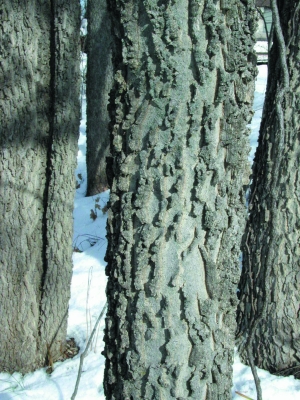
My favorite bark. Can you guess what it is? Read on.
Whole books — Bark, by G. T. and A. E. Prance and Bark: A Field Guide to Trees of the Northeast, by Michael Wojtech — have even been devoted to bark. They are useful adjuncts, in addition to other features such as tree form and remnants of autumn leaves on the plant or ground nearby, to winter plant identification.
The Color Spectrum
Nature has provided a spectrum of colors with which she paints the bark of trees and shrubs. The red or yellow twigs of shrubby dogwoods look stunning against snowy backdrops, and are bright enough to call attention to themselves even without that snow.
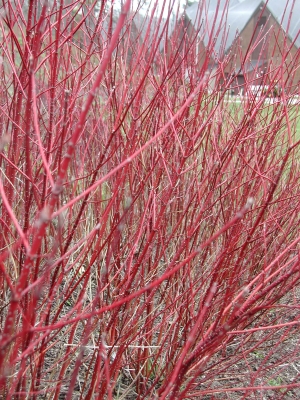
Redosier dogwood
Twigs of the variety of white willow called Chermesina have similarly colorful bark, orangish red in this case. Another white willow variety, called Golden Willow, offers a spectrum of hot colors on a single plant with stems that are yellowest near their oldest portions, then becoming orange and finally reddish towards their tips.
Only the young twigs of the dogwoods and the willow are brightly colored, so you can lop these plants right to the ground each spring at about the time when flowers and leaves of other plants begin stealing the stage. The willows’ and dogwoods’ colorful stems fade as the weather warms anyway.
Green is a welcome color in winter, and is served up by Scotch broom as a fountain of slender, lime-green twigs. The young stems of kerria also stay bright green through winter. Only the young stems are green, so cut kerria back right after its yellow pompom blossoms, which are responsible for the plant’s also being called Japanese rose, fade.
Many other trees and shrubs have less striking but no less beautiful coloration. Peer closely and admire the shiny, reddish-brown bark of Nanking cherry (Prunus tomentosa) and the dulled red-brown bark of Cryptomeria (Cryptomeria japonica). Individual trees of river birch (Betula nigra) each have their own bark hue: some are cinnamon-brown, others are reddish-brown, and still others are grayish-brown.
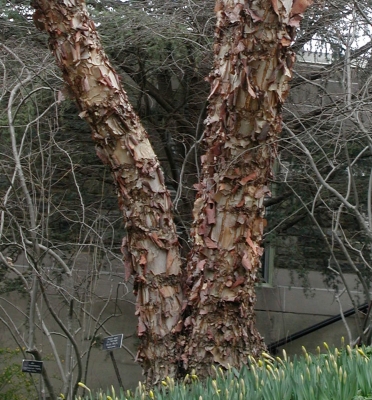
River birch bark
Even gray can be an attractive bark color. If you think it boring, take a good look at the bark of a hundred-year-old European beech (Fagus sylvatica). The large expanses of gray just cry out to be caressed. Similar bark is found on American yellowwood (Cladrastis kentuckea, Zone 4-8), making this tree, its branches dripping with white flowers in spring and covered with golden leaves in fall, a year ‘round attraction.
Bark has not been doled out only in single colors; that of a number of trees is mottled in two or more colors. Patches of pale green and brown on sycamore (Platanus occidentalis) periodically flake away to reveal a creamy-white inner bark.
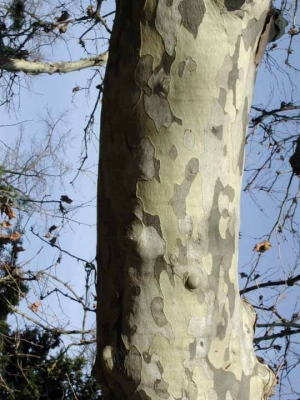
Sycamore bark
This hardy tree is native to river bottoms. In river bottom soil, or other rich soil it can quickly grow to the size of a behemoth. Somewhat more refined in form, smaller in size, and with equally beautiful bark, is the closely related London planetree (P. X acerifolia), a hybrid of our native sycamore with an Asian species.
Lacebark pine (Pinus bungeana) is an evergreen whose bark is mottled with a rich array of brown, white, and green.
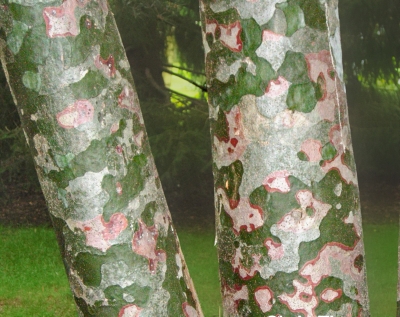
Lacebark pine
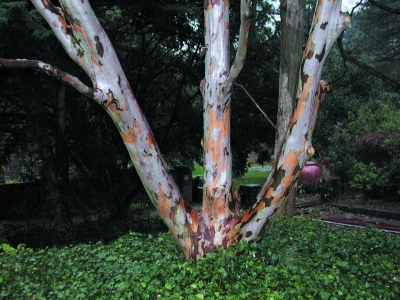
Japanese stewartia
Barks of both Korean stewartia (Stewartia koreana) and Japanese stewartia (S. pseudocamellia) are a patchwork of colored green, gray, rust, terra-cotta, and cream.
Distinctive Textures
It would be an oversight to praise bark color without mentioning bark texture. Fine, papery peelings constantly curl away from the bark of the paperbark maple (Acer griseum) and the above-mentioned river birch as their trunks expand in girth.

Paperbark maple
The reddish-brown color of cryptomeria bark is made richer as it peels away in long, soft shreds.
The barks of some trees are notable primarily for their texture, with color a secondary feature. Long, vertical strips of shagbark hickory (Carya ovata) bark remain attached to the trunks at their middles, their upper and lower ends curling away from the trunk. The result: a shaggy trunk from top to bottom.

Shagbark hickory
The little blocks of the barks of persimmon (Diospyros virginiana) and flowering dogwood (Cornus florida) give these trunks the texture of alligator hide.
American hornbeam (Carpinus caroliniana), a small understory tree common in eastern woodlands, has a bluish-gray bark that resembles muscle — close-fitting, with the smooth surface broken by sinewy ripples. Another common name for this tree is “musclewood.”
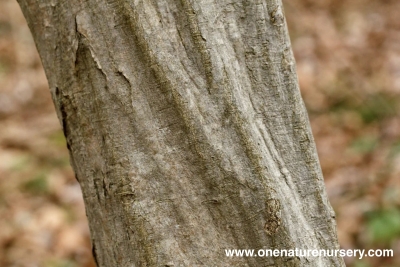
American hornbeam
My favorite bark isn’t notable for its color, or even hardly ever noted for its texture — until you take a more studied look. The bark of this tree, hackberry (Celtis occidentalis), is grey, with corky warts and ridges breaking up a smooth background. Especially when lit by low-hanging winter sunlight, these warts and ridges play with shadow and light in a way that evokes those crisp, achromatic photographs of craters on the lunar landscape.

Hackberry
If you want to consider bark effect of any tree or shrub you might plant, it’s best go to an arboretum to see mature specimens. Not to dissuade anyone from planting a tree or shrub for the beauty of its bark, but the “craters and valleys” of hackberry bark, the mottling of sycamore bark — the bark character of many trees and shrubs, in fact — does take time to develop. Even paper birch bark is smooth and reddish brown on young stems; it takes some age before the stems are embraced in their characteristic white, peeling raiment.


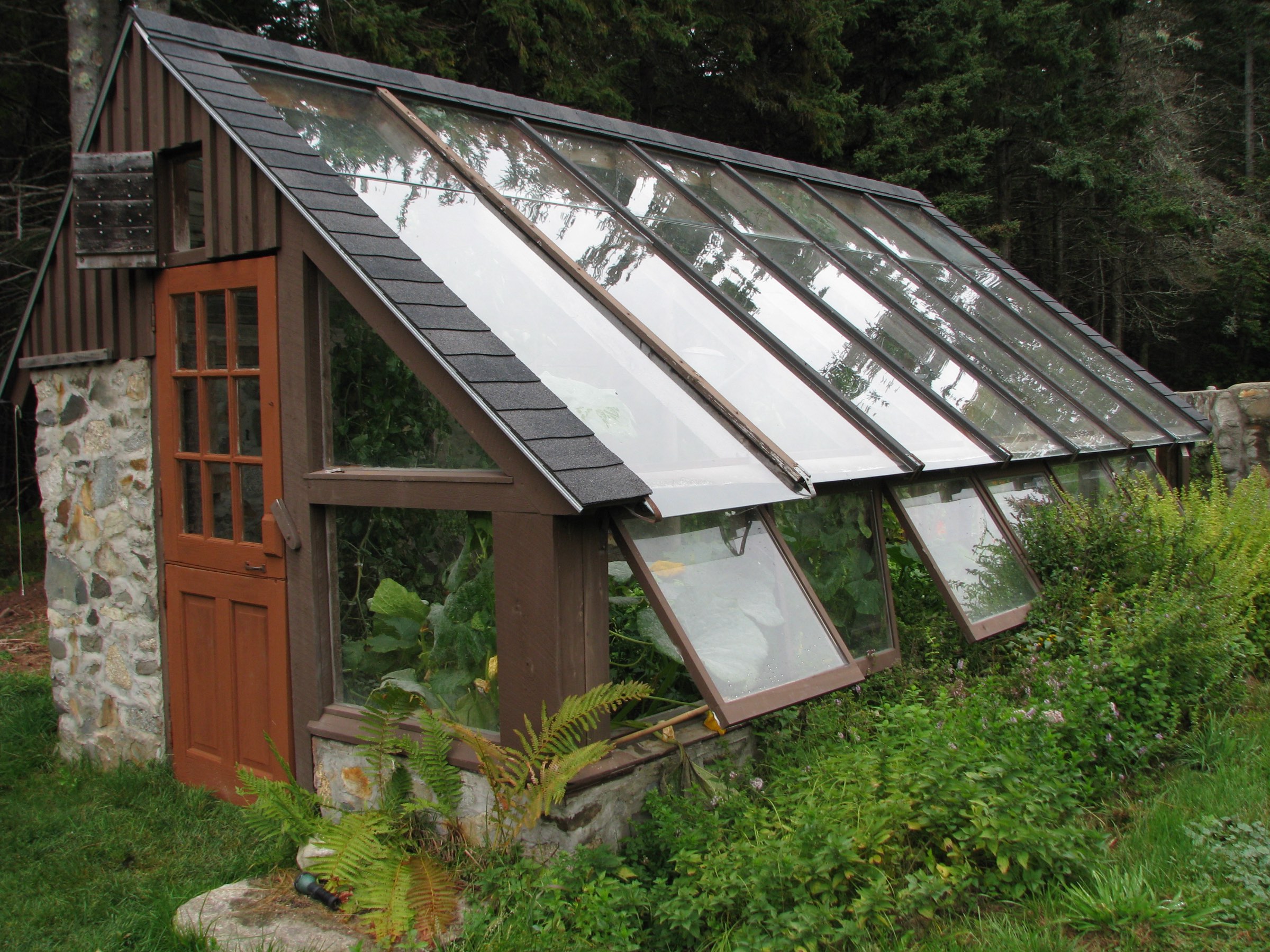
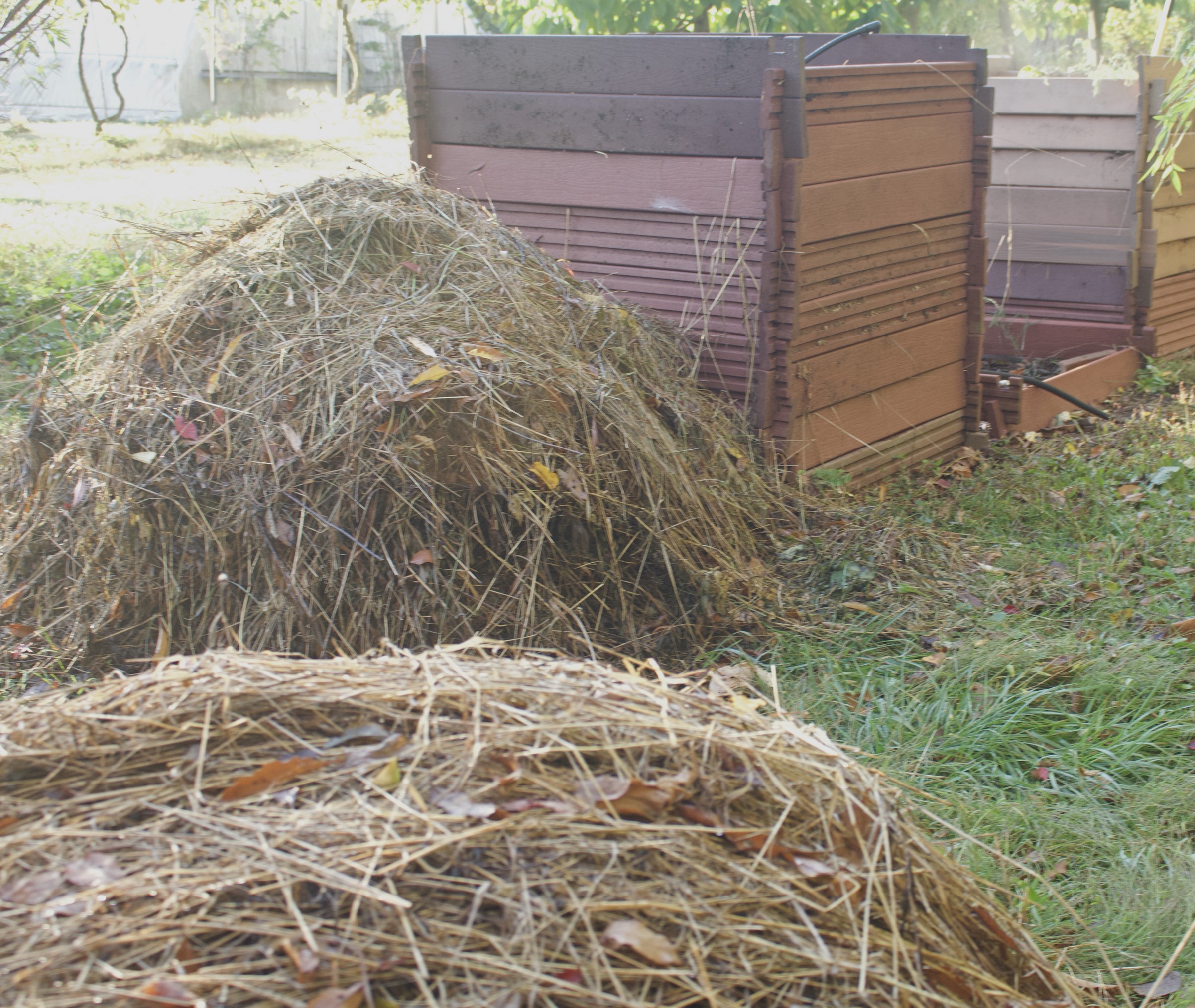
Thanks for another way of seeing trees. I’m forwarding your visual display and interpretations to an artist friend who specializes in landscapes.
Glad you liked it Jerry. Just another way to appreciate the beauty and diversity of trees.